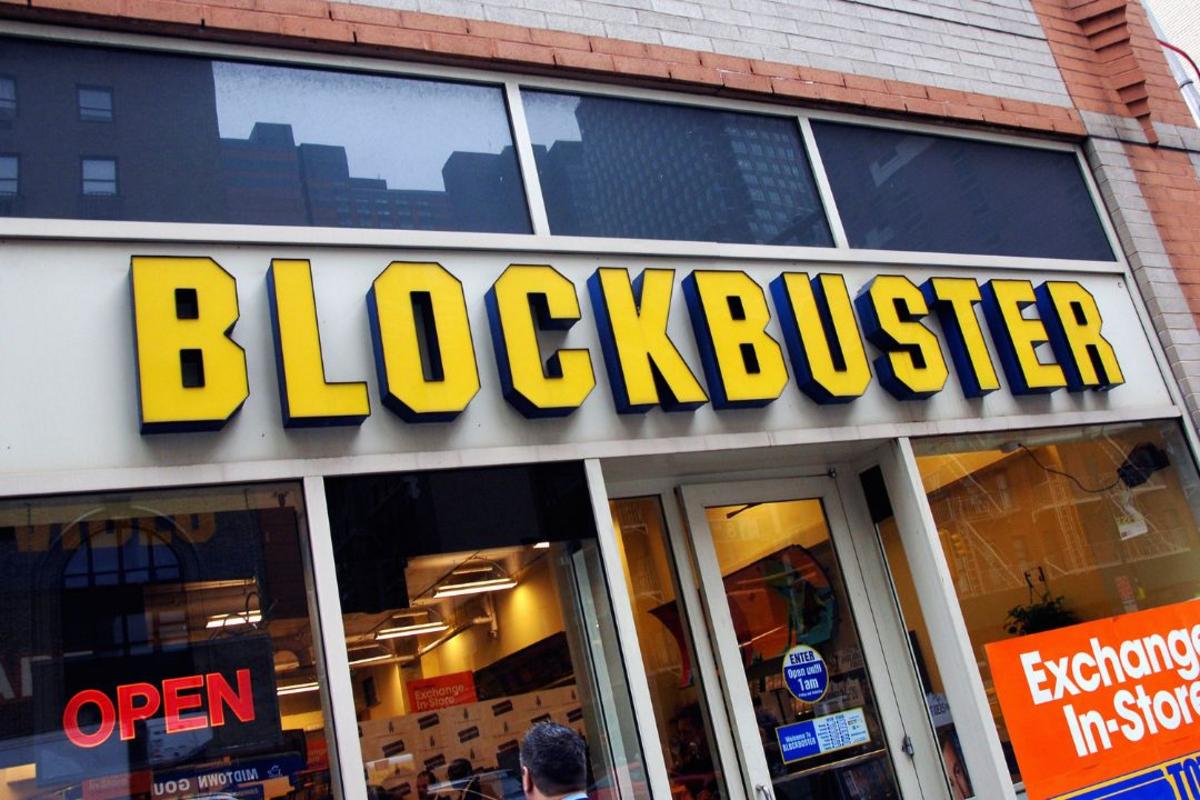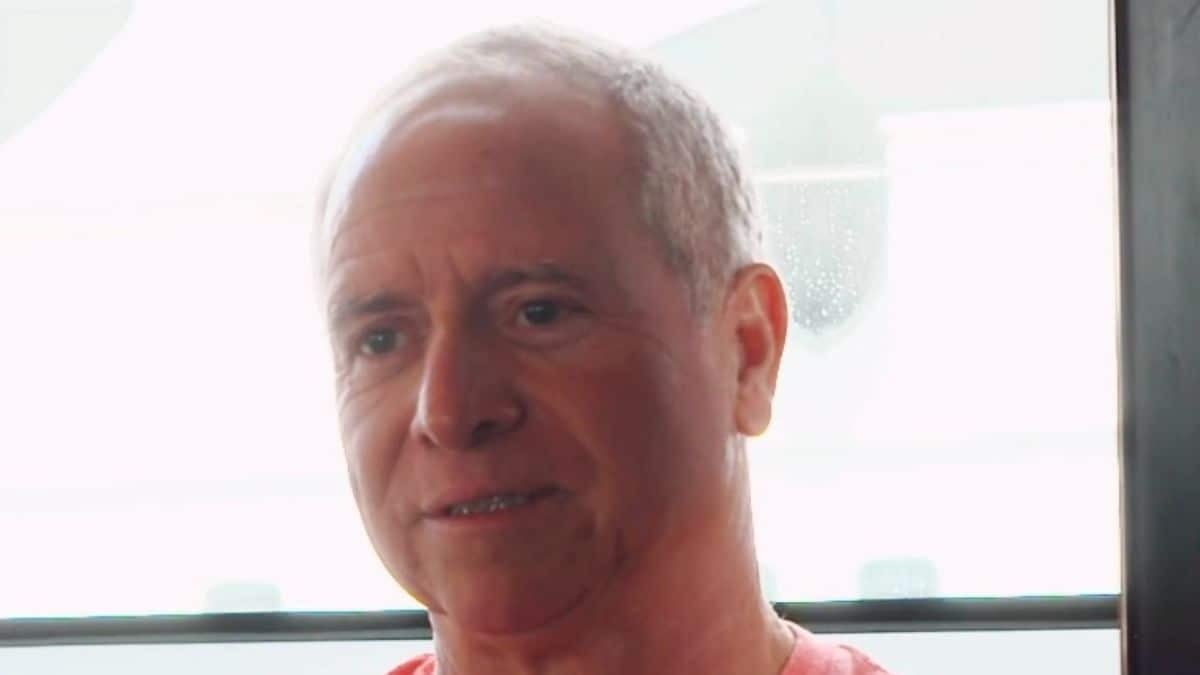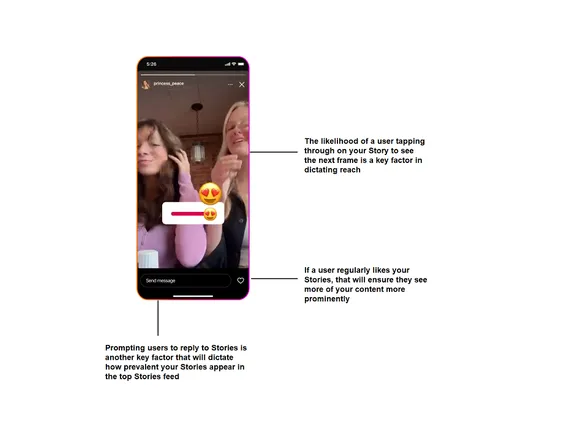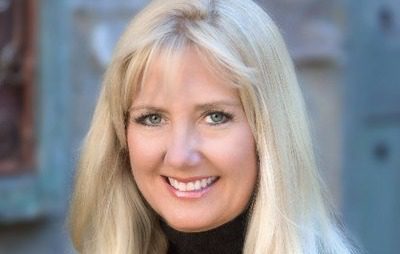There’s lots of excitement across the nation about expansion of factory capacity to build batteries for the explosion of electric-vehicle models invading the auto market, but people in Indiana could be forgiven if they’re more enthused about a company that is going to make batteries for lawn mowers, power tools and equipment to abate diesel fumes in mining.
That’s because EnPower is gearing up output of lithium-ion batteries for those markets in a refurbished plant in Indianapolis that controls more battery capacity than any other American-owned-and-operated, privately held company in the United States. And with more than 60 employees already, EnPower plans to double its workforce within about six months and grow employment to about 350 people by the end of 2024 — all making batteries for fast-growing categories of electrification that simply aren’t getting the headlines being obtained by EVs. Hoped-for federal assistance could help the company grow even more.
“If everyone is running to the left, I’m going to run to the right — I’m a contrarian by nature,” said Annette Finsterbusch, EnPower’s CEO, who was founder of Applied Ventures, the venture arm of Applied Materials, and held global leadership roles with the company before coming to head EnPower five years ago.
“That’s what this pivot” away from the company’s original goal to tap into the EV market “is about. If everything is going to the right because EVs are going to eat up the lithium-ion battery market for the next 10 years, then we need the underdog. We’re tiny, unknown and under-funded, and developing our technology in a stealth way and validating that it works — and that it works now, not in 2030 or 2035.”
In reaching out to industries such as mining, construction, aviation, recreational vehicles and the military, which also are rapidly electrifying their power needs, EnPower has found a robust and growing niche under the umbrella of the huge global companies like Panasonic, LG and SK Innovation that control the vast majority of the worldwide market for the new generations of batteries.
“We’ve taken this approach over the last 15 to 17 months, and it’s been validated. We’re dealing with some big, 100-year-old companies that will move rather glacially. But their customers are pushing them” toward electrification. For example, one of EnPower’s first commercial markets is companies that want to use its batteries to provide clean-running equipment to the mining industry that clears fumes from diesel generators in the mines.
“If you can do that using electric power, you have a lot more money for equipment to make mining more efficient,” Finsterbusch said.
Lawn- and garden-equipment manufacturers also increasingly are turning to battery power to replace gasoline-powered devices that have come under attack for greenhouse-gas emissions, noise nuisances and other reasons. New robotically controlled lawn mowers also rely on robust battery cells, Finsterbusch said.
Defense-equipment makers are another target market, she said. And “the lottery ticket” for EnPower could be aviation, where electric vertical takeoff and landing vehicles (EVTOLs) are coming to the fore.
EnPower recently entered an agreement with its first customer, she said, a Fortune 500 company that is “going to fund some of the back end for us, the retooling necessary to build the type of batteries they want us to build. And we’ll be going into scale-up with them by this time next year. This was a huge win, and we think there are several more behind it.”
EnPower was based in Phoenix, but Fensterbusch moved the company when a mothballed, 92,000-square-foot battery-making facility in Indianapolis turned up from a failed venture in the mid-2000s, and the equipment passed the test.
“We had a massive team that ran each piece of equipment for six weeks or so to make sure everything worked,” Fensterbusch said. “Today, it’s actually in outstanding condition, and we have spent six to eight months preparing to make the batteries we make.” EnPower invested more than $20 million in upgrading the facility, she said, but “saved $80 million” by not having to build a plant from scratch. “The fact is that this plant puts us nearer to the customer whom we determined we were going to serve, and gives us real relationships with these Midwestern customers.”







































































